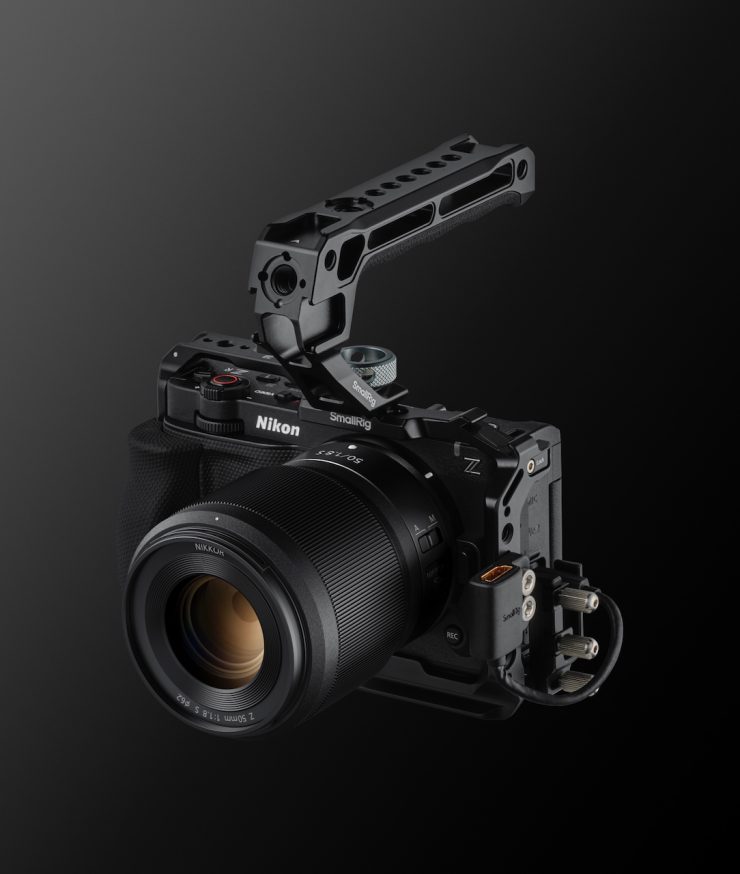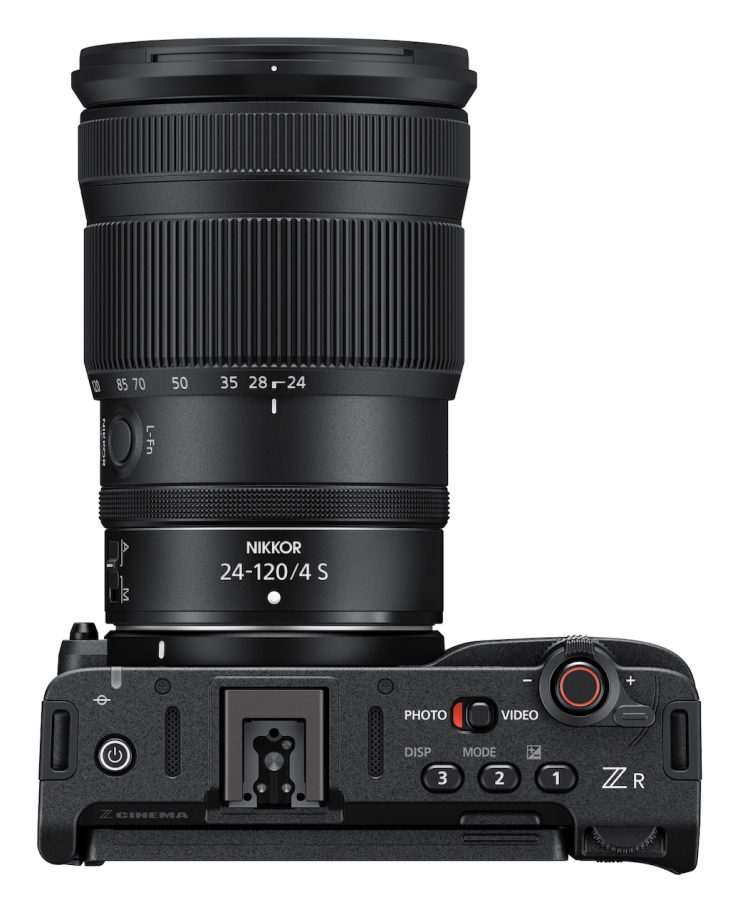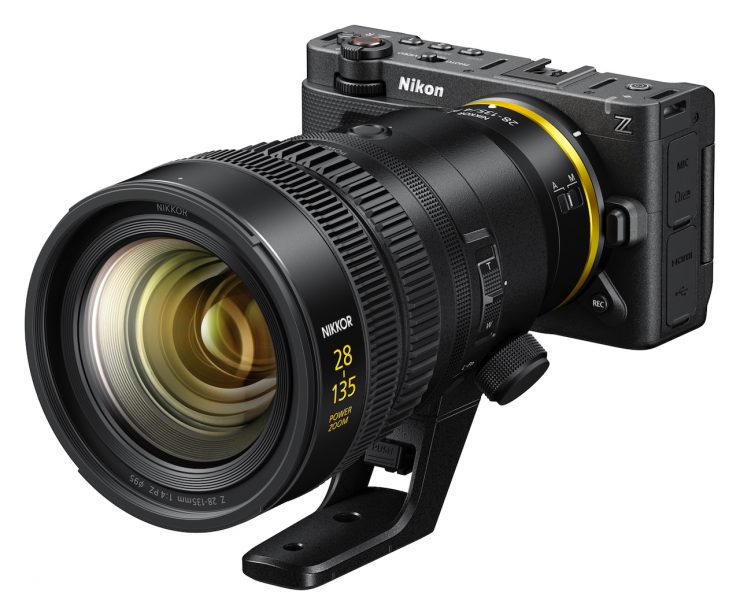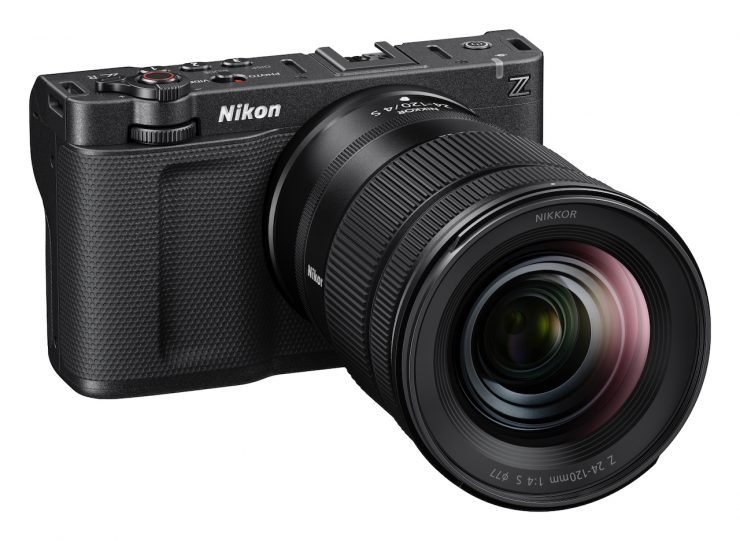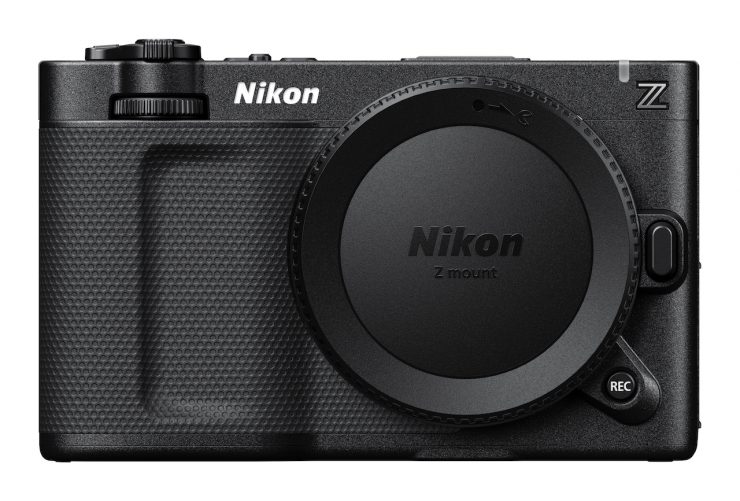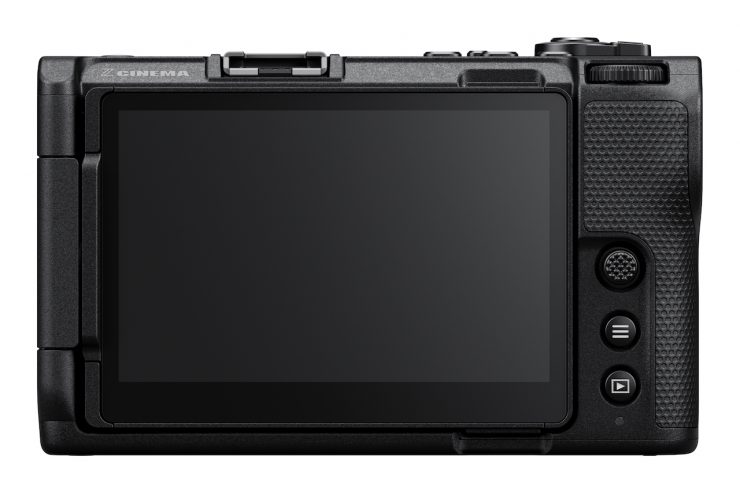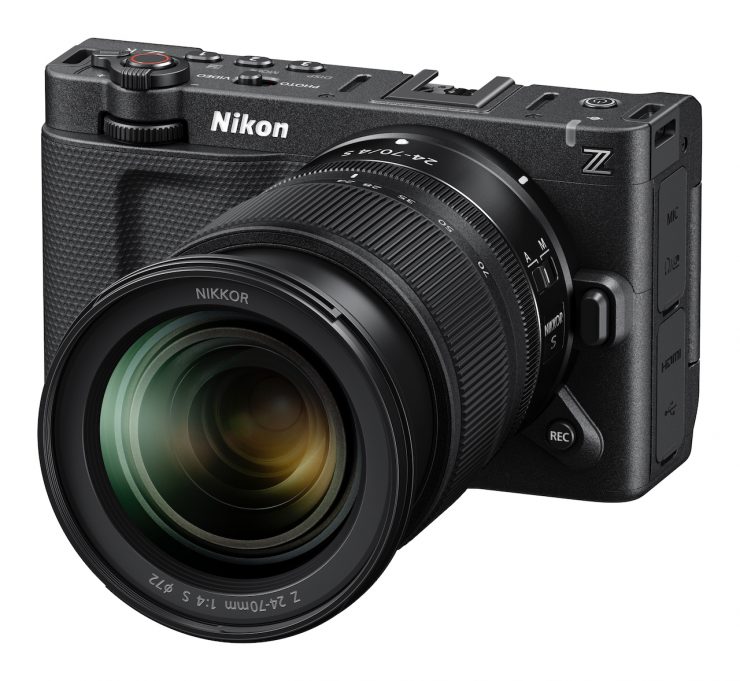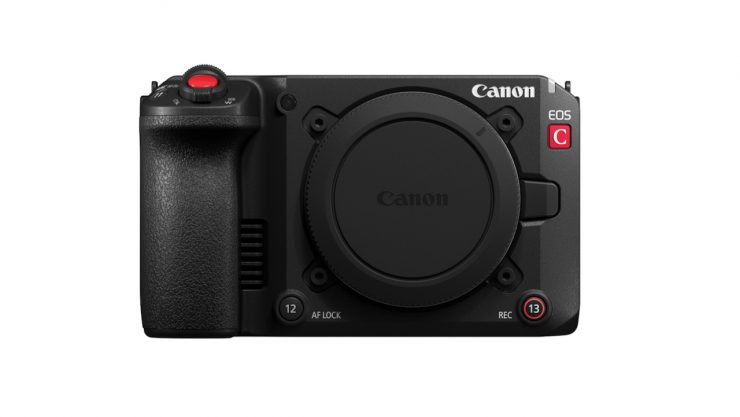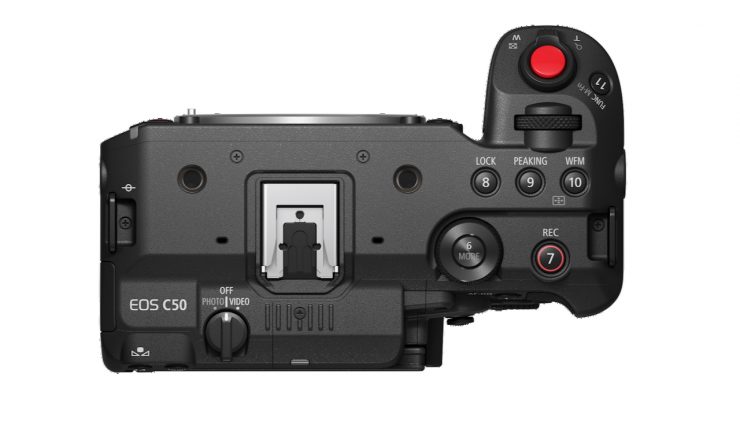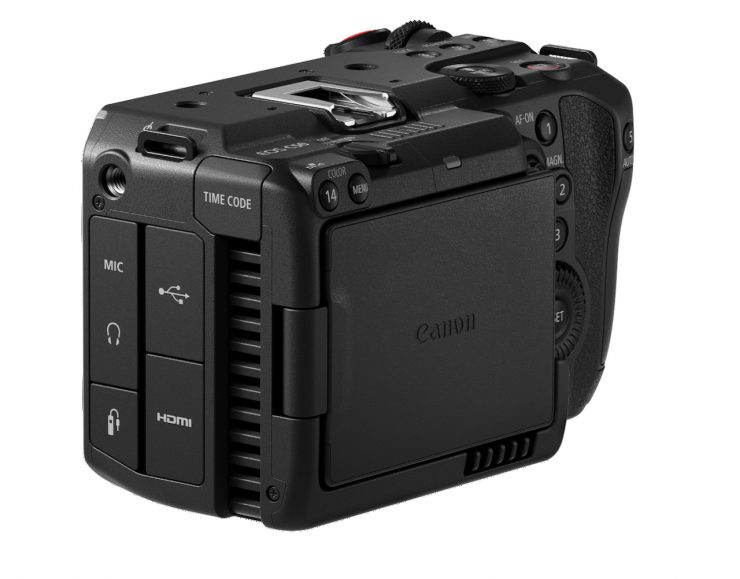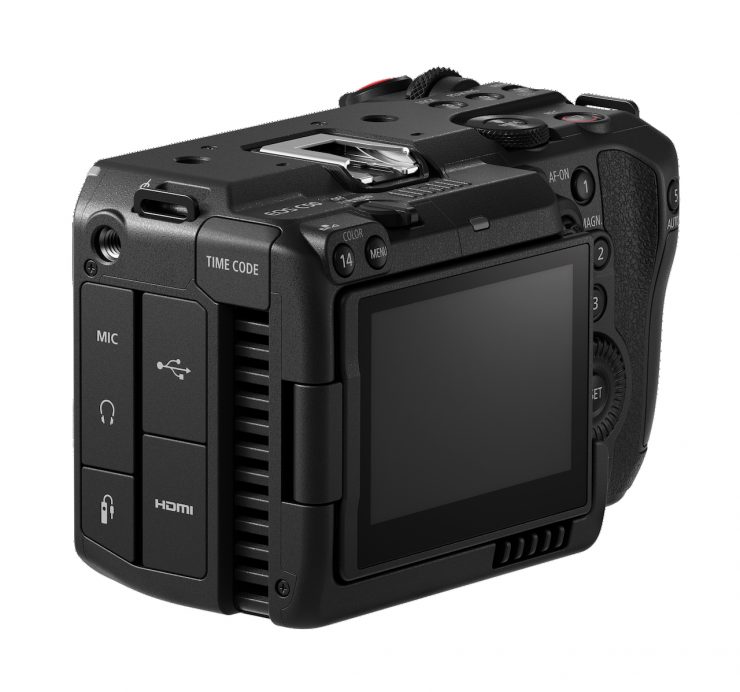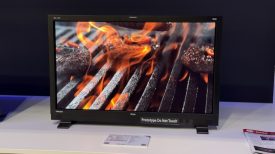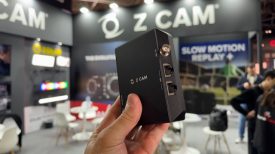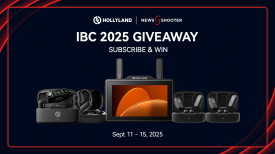NIKON has entered the digital cinema market for the first time with the announcement of the NIKON ZR. The new Nikon ZR can record up to 6K/60p (59.94p) and incorporates the new R3D NE RAW video file format with RED color science based on RED’s popular R3D RAW codec. It is also stated to have 15+ stops of dynamic range.
Just like the competing Canon EOS C50 and Sony FX3A, the NIKON ZR doesn’t have built-in ND filters, SDI, or an EVF.
The ZR is being touted as an ultra-lightweight, full-frame camera that blends the best technologies and philosophies that NIKON and RED both offer. NIKON states that this is aimed as an entry-level digital cinema camera designed for emerging cinematographers and high-end content producers.
Key features
- Fusion of RED + Nikon Cinema Technology
- 6K Full-Frame Z-Mount Cinema Camera
- REDCODE RAW R3D + N-RAW Recording
- ProRes RAW/HQ, H.265/H.264 Codecs
- 32-Bit Float Audio, Dual-Base ISO
- Bright, Folding 4″ DCI-P3 Display
- Built-In 3D LUTs, Digital Accessory Shoe
- Dual Built-In Microphones
- 15+ Stops Advertised Dynamic Range
- Frame.io Cloud Integration
With the popularity of the compact Sony FX3 and FX30 cameras, it comes as no surprise that NIKON has decided to tackle this end of the market. As they own RED, they effectively have the mid to higher end covered, so concentrating on making affordable digital cinema cameras makes perfect sense. Competition in this space is fierce, and the NIKON ZR will also have to compete with the new EOS C50 as well.
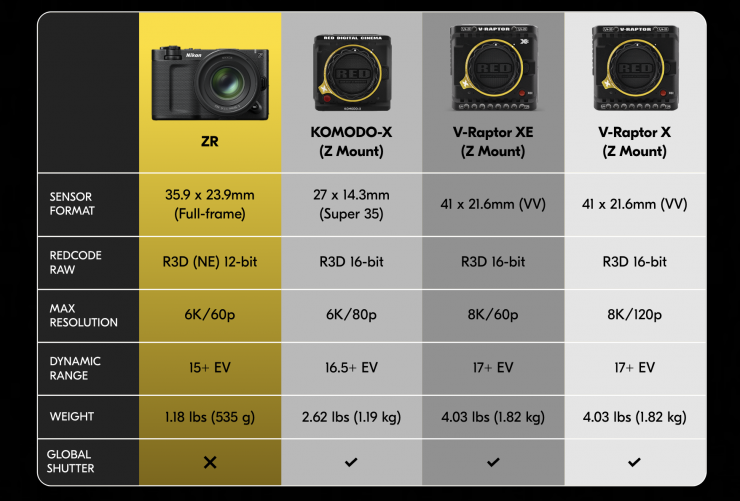
Above, you can see how the NIKON ZR compares to RED’s offerings.
New R3D NE RAW video file format
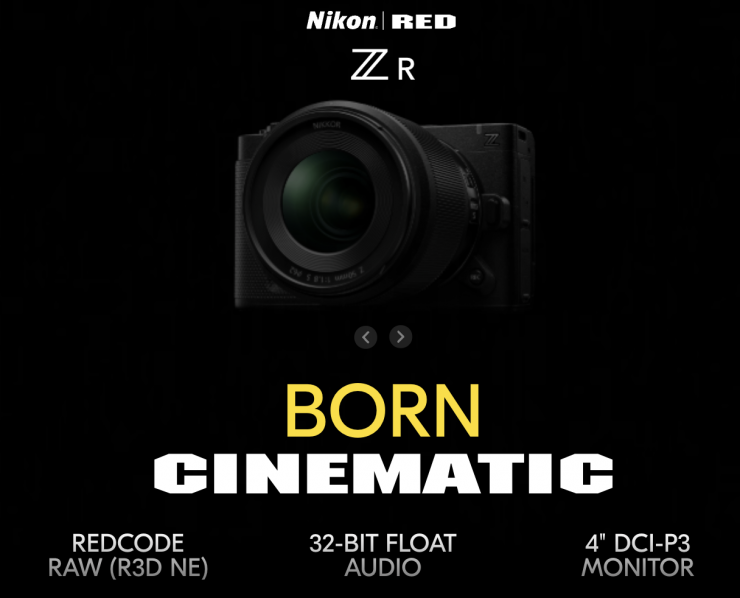
As I mentioned at the start of the article, the new Nikon ZR can record up to 6K/60p (59.94p) and incorporates the new R3D NE RAW video file format with RED color science based on RED’s popular R3D RAW codec.
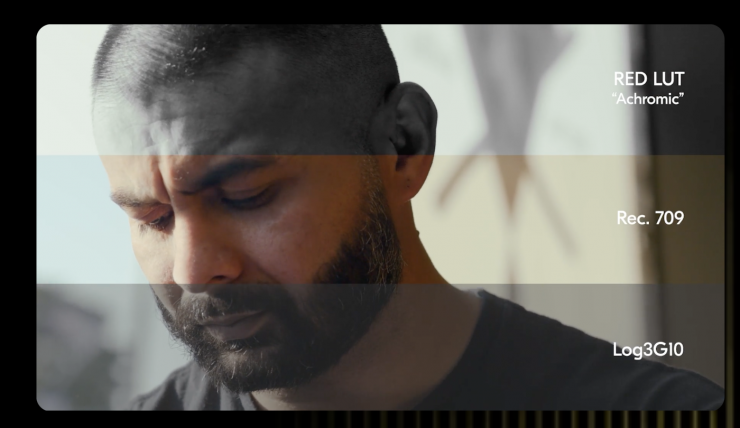
By leveraging its claimed 15+ stop dynamic range, it is said to achieve well-balanced image quality from highlights to shadows. Support for Log3G10 and the REDWideGamutRGB gamut reproduces exposure standards and colors consistent with RED color science, with true RED color tonality, skin tone integrity, and tonal roll-off, similar to RED’s cinema cameras, such as the V-RAPTOR [X] and KOMODO-X. Just like REDCODE RAW, ISO in R3D NE files is fully adjustable in post.
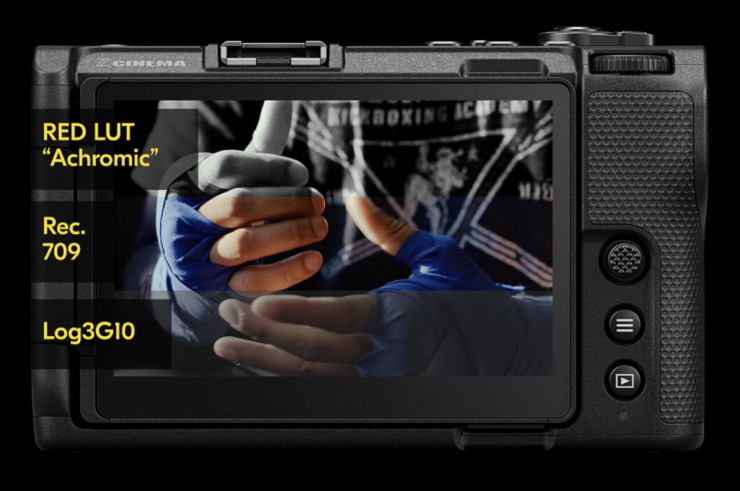
According to NIKON, this new codec uses the color science and the exposure standards of RED cameras to ensure accurate color matching, even for multi-cam shoots. Having a camera that matches RED’s offerings makes a lot of sense, and with all of the new RED cameras featuring a Z-mount, NIKON and RED have essentially now created an ecosystem (for lack of a better word) that can arguably compete with Sony and Canon.
You can do dual-format (proxy video) recording for RAW video.
N-RAW & ProRes RAW
ZR users also have the option to shoot in N-RAW, ProRes RAW, and other formats to best suit their production and workflow. The camera also features a new view assist function, which allows the user to store and select from up to ten LUTs in the camera. This will let users preview the effect of the color grade in real time using the monitor. Three types of LUT data (17-point, 33-point, 65-point) can be loaded into the camera. RED’s Creative LUT Kit is available for free via the RED website here.
Cinematic video mode
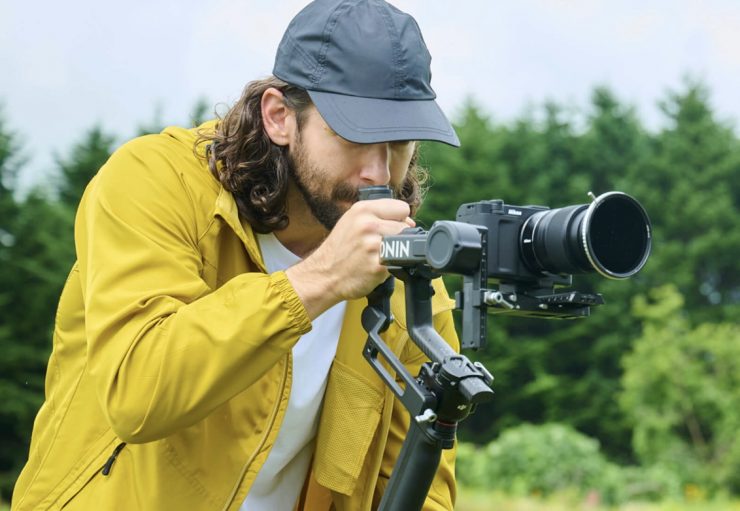
The ZR features a new Cinematic video mode, which is a user preset for those who want to easily enjoy what NIKON refers to as the RED cinematic look with a faster workflow in less data-intensive non-RAW formats. Cinematic mode automatically adjusts the shutter angle to 180 degrees, changes the frame rate to 24 fps, and applies the RED Cine Bias Picture Control for what NIKON states is gorgeous yet simple cinematic color. Additionally, nine RED-curated cinematic Picture Controls based on RED creative LUTs will be available for free download via Nikon Imaging Cloud.
Recording Capabilities
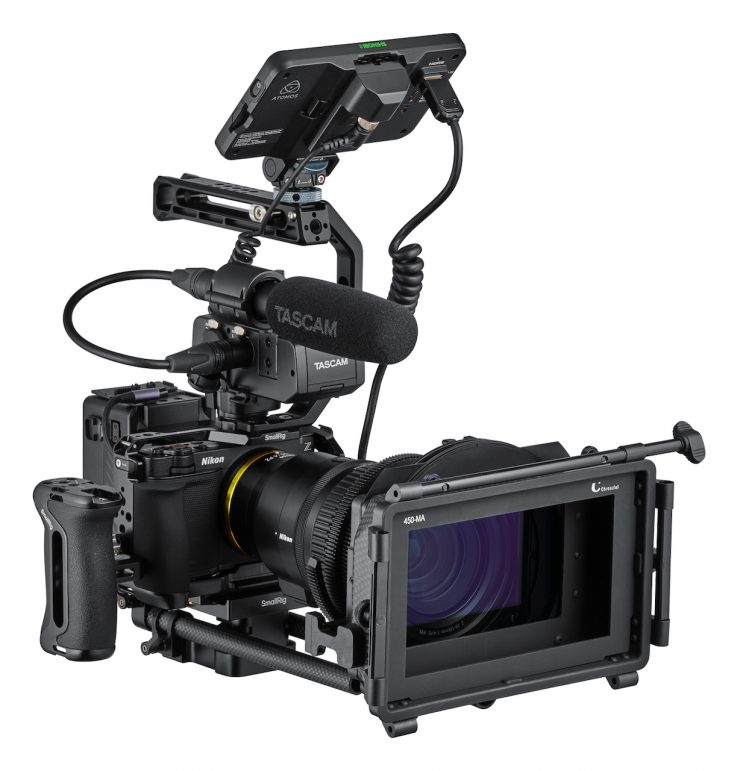
The NIKON ZR can record in the following codecs:
- REDCODE RAW (R3D NE) / 12-bit
- NIKON N-RAW / 12-bit
- ProRes RAW HQ
- ProRes 422 HQ
- H.265 / 10-bit / 8-bit
- H.264 / 8-bit
Having this many recording options when it comes to codecs certainly makes the NIKON ZR a very versatile camera.

In R3D NE 12-bit RAW or N-RAW 12-bit (NEV), you can record in 6048 x 3402 at up to 60p in full frame mode. In ProRes RAW, you are limited to frame rates of up to 30p.
You can also shoot R3D NE 12-bit RAW, N-RAW 12-bit (NEV), or ProRes RAW at 4030 x 2268 up to 60p in full frame.
If you record 3984 x 2240 in R3D NE 12-bit RAW, or N-RAW 12-bit (NEV), you can do up to 120p in a DX crop mode. If you shoot ProRes RAW, you are limited to frame rates of up to 60p.

If you don’t want to shoot RAW, you can record in resolutions of up to 5.4K (5376 x 3024) at up to 60p in 4:2:0 10-bit H.265, or 60p in 4:2:0 8-bit H.265. In ProRes 422 HQ, you are limited to frame rates of up to 30p.
In 4K (3840 x 2160), you can record at up to 120p in a DX crop mode in 4:2:0 10-bit H.265, or 4:2:0 8-bit H.265. In ProRes 422 HQ, you are limited to frame rates of up to 60p.
If you want to record in full frame in 4K (3840 x 2160), you can at up to 60p in 4:2:0 10-bit H.265, 4:2:0 8-bit H.265, or ProRes 422 HQ.
In Full HD (1920 x 1080), you can record up to 240p (95% full frame field of view) in 4:2:0 10-bit H.265 or 4:2:0 8-bit H.265.
Unlike the recently announced Canon EOS C50, you cannot record in any open gate modes. This is probably a missed opportunity for NIKON, but perhaps they are trying to help differentiate the ZR from the KOMODO/KOMODO-X.
The ZR also incorporates Slow-motion presets, so you can get quick access to 4K/119.88p, and Full HD/239.76p, as well as user modes for 4x and 5x slow-mo. Please note that the 4K/119.88p is only available in the DX Crop mode.
Time-lapse video recording, electronic Vibration Reduction, time codes, REC lamp, N-Log and HDR (HLG) video, waveform display, red REC frame indicator, video recording display zoom (50%, 100%, 200%, and 400%), extended shutter speeds (modes S and M), and dual-format (proxy video) recording for RAW video; option to view video recording info available via i menu; breathing compensation, Hi-Res Zoom
Other Video Features
The shutter angle can be adjusted from 5.6° to 360° for video recording. Shutter speed is also available.
Users can also do automatic rotation of vertical video for social media content creation.
The camera has a front tally light /rec lamp that lets subjects know you are recording. Additionally, it receives tally control signals via HDMI-CEC and displays the status of each camera when multiple cameras are used.
You can also utilize electronic Vibration Reduction. The camera also has timecode, a REC lamp, N-Log and HDR (HLG) video, a waveform display, a red REC frame indicator, a video recording display zoom (50%, 100%, 200%, and 400%), extended shutter speeds (modes S and M), and dual-format (proxy video) recording for RAW video.
There is also an option to view video recording info available via the i menu. You can also activate breathing compensation and a Hi-Res Zoom.
The ZR also supports Frame.io Camera to Cloud using NX MobileAir, which allows users to automatically transfer video data directly to the cloud for a faster and more efficient post-shooting workflow.
What does it record to?
The ZR has one CFexpress Type B card slot and an additional Micro SD (UHS-I) card slot.
Sensor
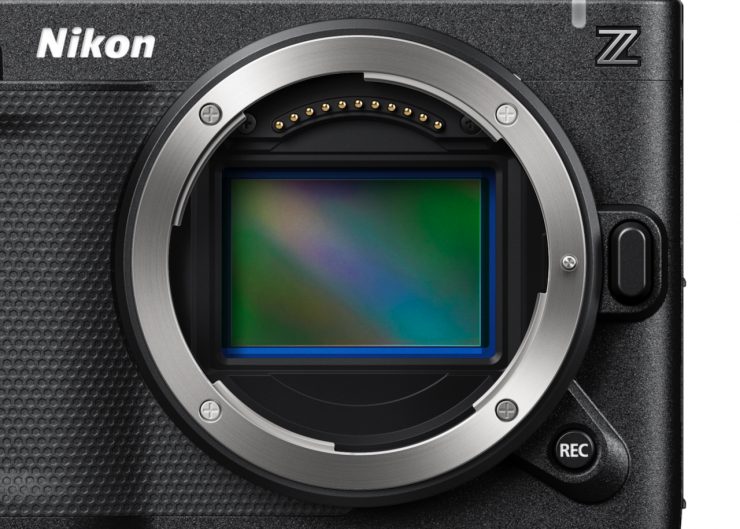
The NIKON ZR utilizes a 24.5 MP 35.9mm x 23.9mm Full-Frame CMOS sensor. It also features the EXPEED 7 image-processing engine, which is the same one found in the Z9.
While I can’t 100% confirm this, the sensor in the ZR looks to be the exact same 24.5MP Partially-Stacked CMOS Sensor that is found in the Z6 III.
This partially stacked sensor design allows for faster scans and readouts, as well as reducing rolling shutter. Additionally, this sensor design unlocks many of the flagship-level features in the camera, like faster autofocus, faster continuous shooting speeds, and higher frame rates when shooting video.
Dual Base ISO
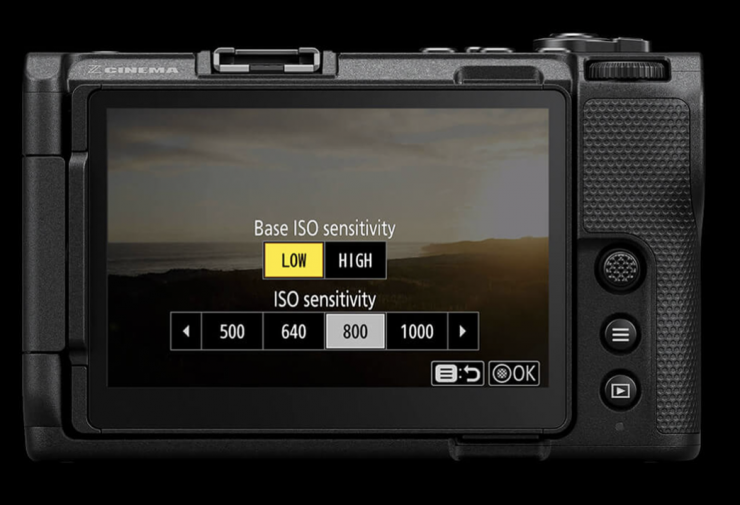
Two base ISO sensitivities are available, ISO 800 and ISO 6400, allowing users to choose the best option for a particular scene or situation, such as bright daylight or low-light interior scenes.
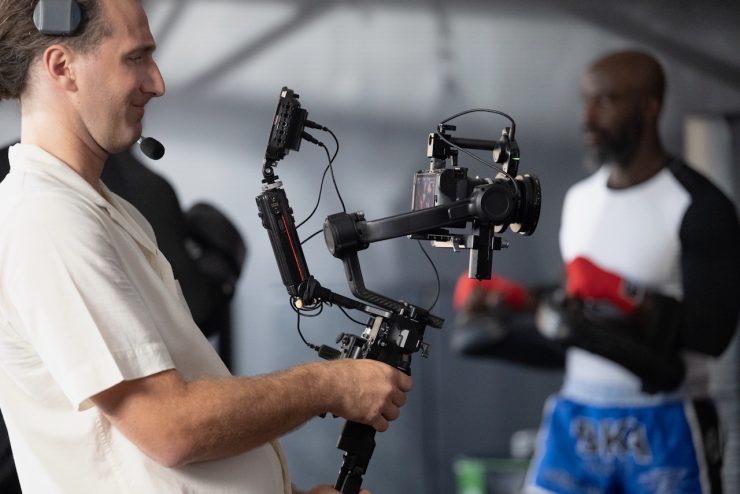
As far as I am aware, the second base ISO of 6400 can only be used when recording R3D NE or N-RAW (according to the specifications from NIKON).
Ultra Bright 4″ DCI-P3 LCD
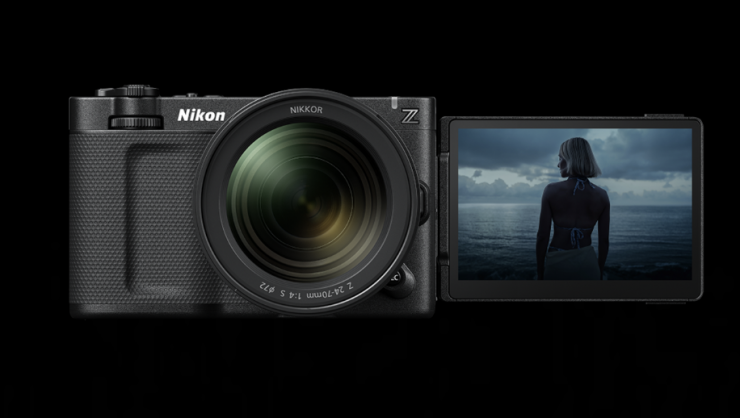
One of the biggest complaints a lot of users of the Sony FX3, FX30, and Canon C70/C80 have is that the LCD isn’t bright enough, and it is hard to see them outdoors. NIKON seems to have taken note of this, and the ZR features a vari-angle 4″ DCI-P3 LCD that is 1000 cd/m which is claimed to be bright enough to be used even in direct sunlight. It has a resolution of 3.07 million dots.
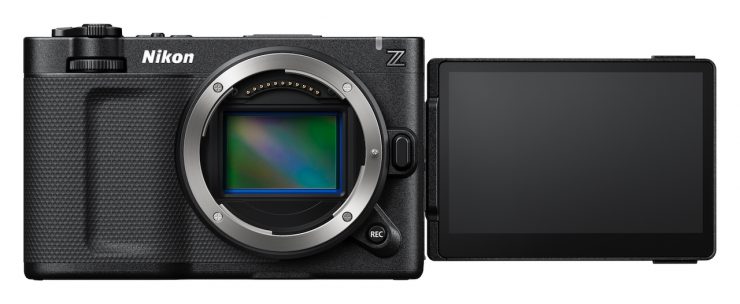
The brightness of the information display (histogram/waveform monitor size, transparency and position, and zebra pattern color) can be changed.
No EVF
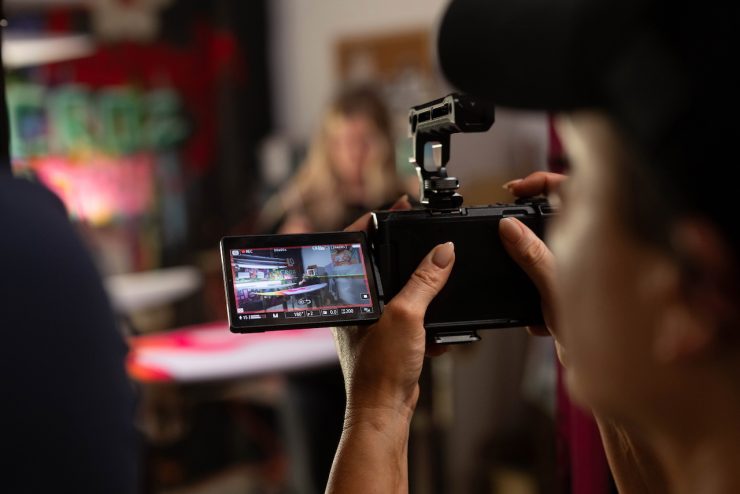
Just like the Sony FX3 and Canon EOS C50, the NIKON ZR doesn’t feature an EVF. The only way to monitor images is from the vari-angle LCD or from a connected monitor or third-party EVF.
Body Design
The ZR features a magnesium alloy chassis, inherited from the Z6III. This means it’s designed to handle the pressures of professional production environments. The body is resistant to dust, sand, and moisture, thanks to careful sealing at critical points like buttons, seams, and ports.
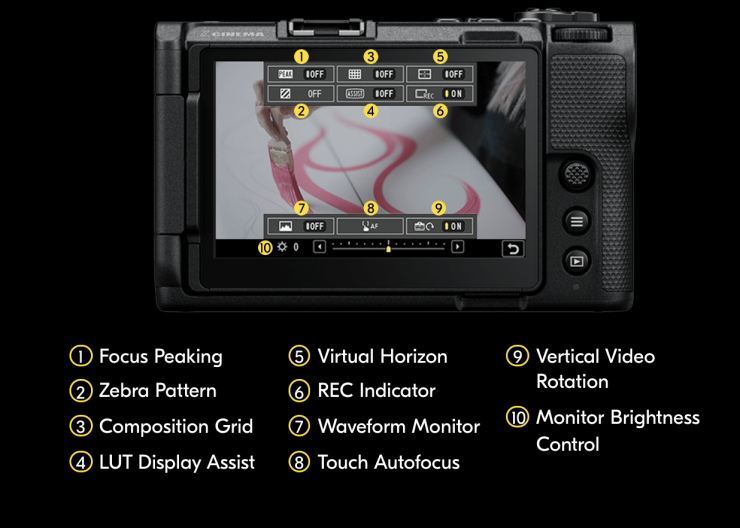
The controls on the ZR also reflect a new filmmaker-oriented UI, with familiar menus, a new quick menu for filmmakers, as well as customizable button placement made for a cinematographer’s most used features.
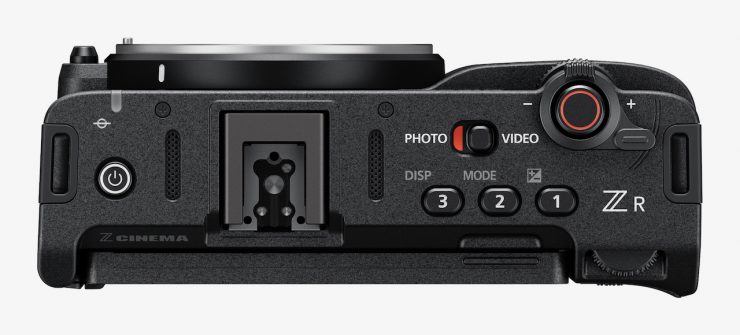
On top of the camera, you will find three customizable buttons, a photo/video operating mode switch, a record button, and a power on/off button. Additionally, there is also a zoom lever for using compatible power zoom lenses.
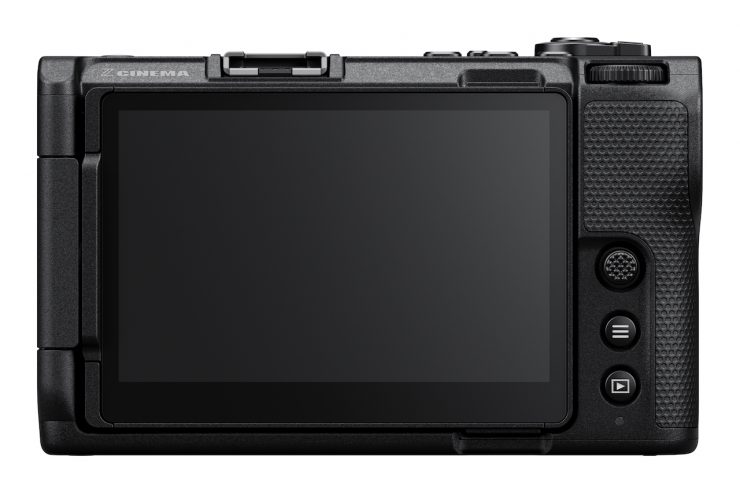
The back of the camera features a very minimalistic layout.
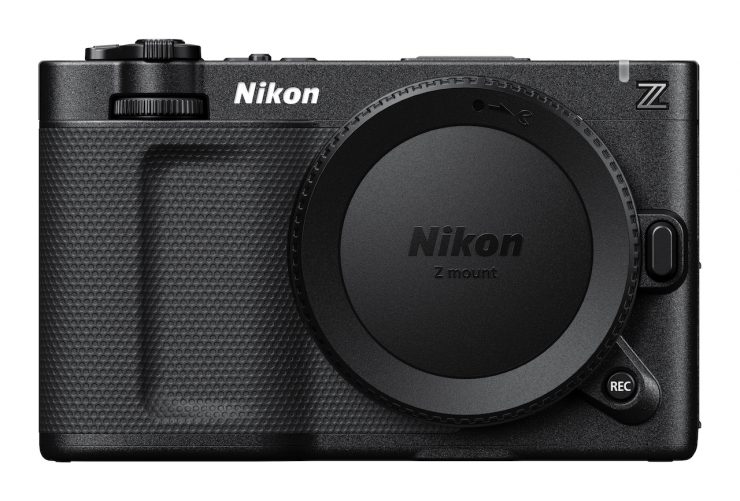
On the front of the camera, there is an additional record start/stop button.
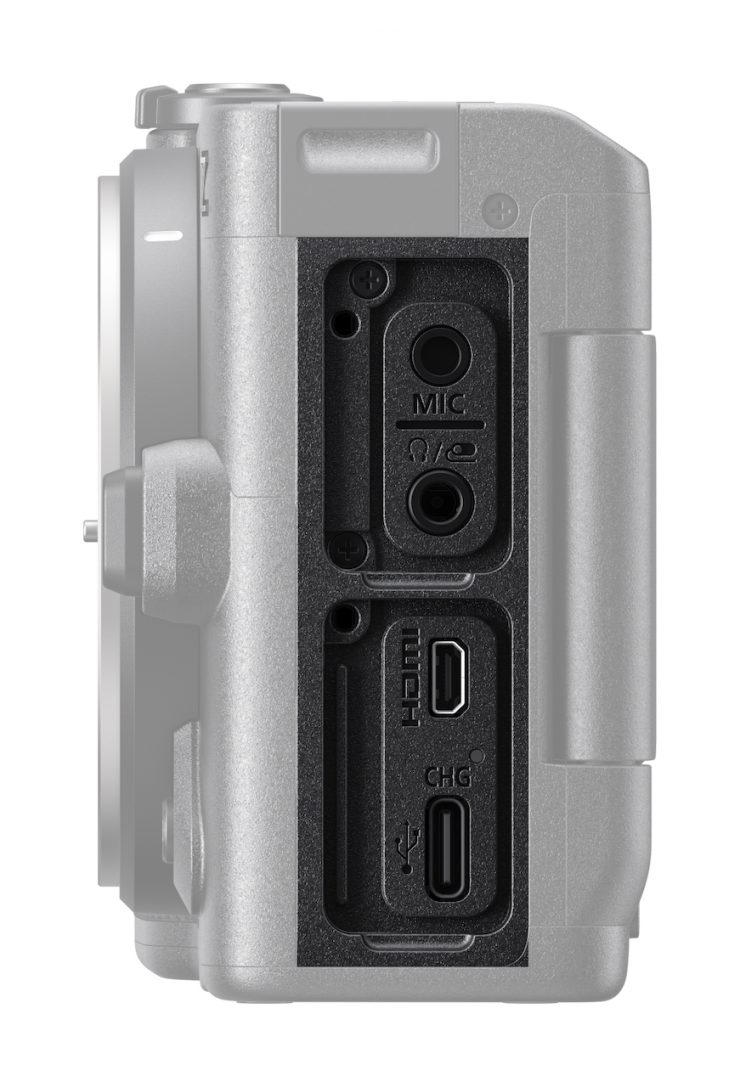
On the left-hand side of the camera, you will find a 3.5mm mic jack, a 3.5mm headphone jack, a USB-C charging input, and a Type-D HDMI. It is unfortunate not to see a full-sized HDMI port. The Type-D HDMI is a terrible connector, and at least in my opinion, has no place on a professional camera.

Canon EOS C50 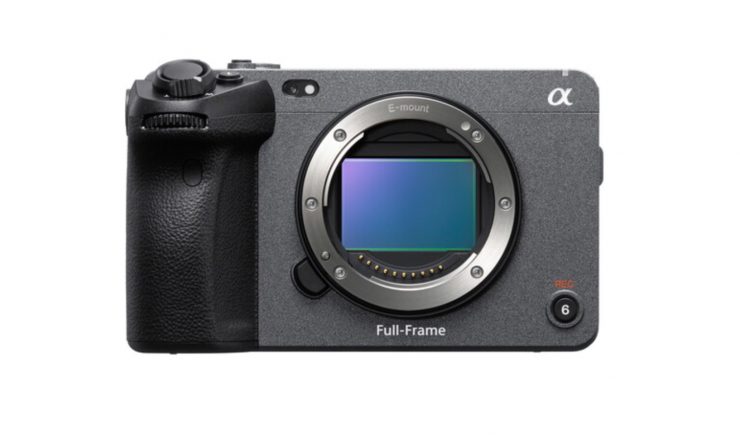
Sony FX3 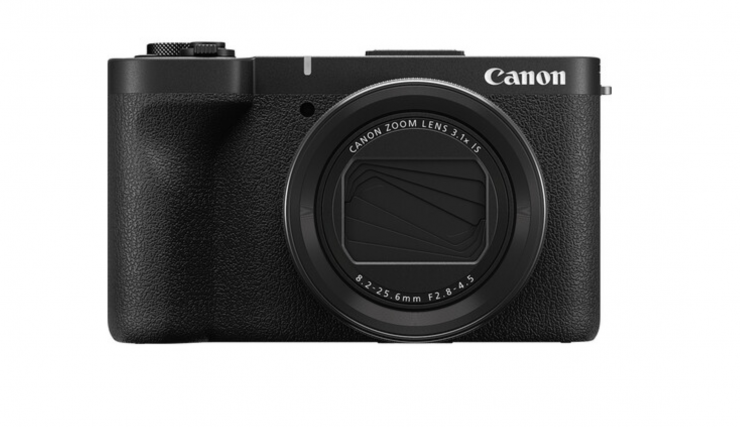
Canon PowerShot V1 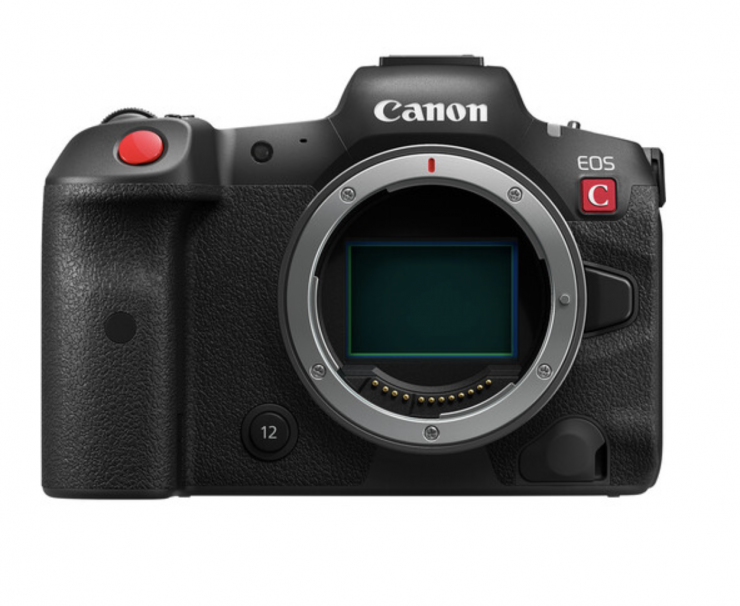
Canon EOS R5 C
The design of the NIKON ZR isn’t a big departure from cameras such as the Sony FX3/FX2/FX30 and Canon EOS C50.
Size & weight
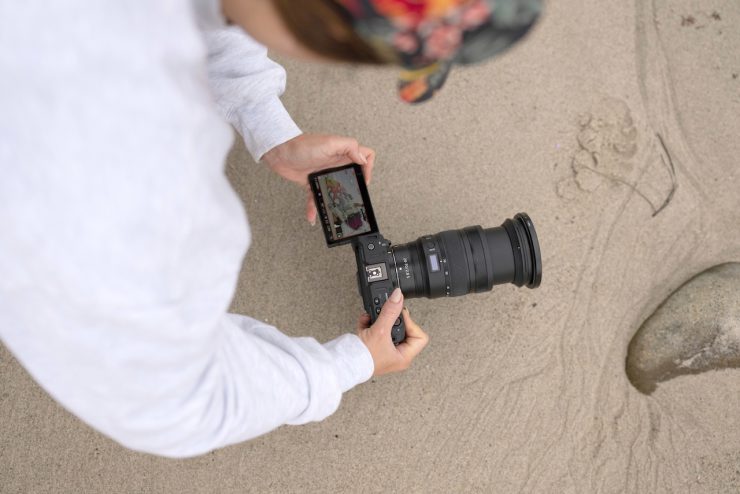
The NIKON ZR weighs 539.7g / 1.19 lbs. and it has physical dimensions of 133 x 80.5 x 48.7 mm (L x W x D).
As a comparison, the Canon EOS C50 weighs 670g / 23.63 oz. and it has physical dimensions of 84.5 mm x 142mm x 9.5mm (H x W x D).
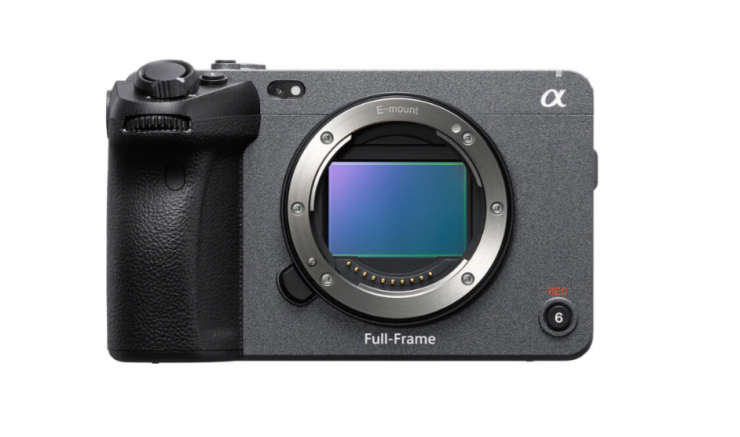
The Sony FX3A weighs in at 640g / 1.4 lb, and it has physical dimensions of 129.7 x 84.5 x 77.8 mm (H x W x D)

The compact size of the ZR makes it suitable for a variety of applications. Whether you are shooting handheld, putting the camera on a gimbal, or using a tripod, the ZR should also work well.
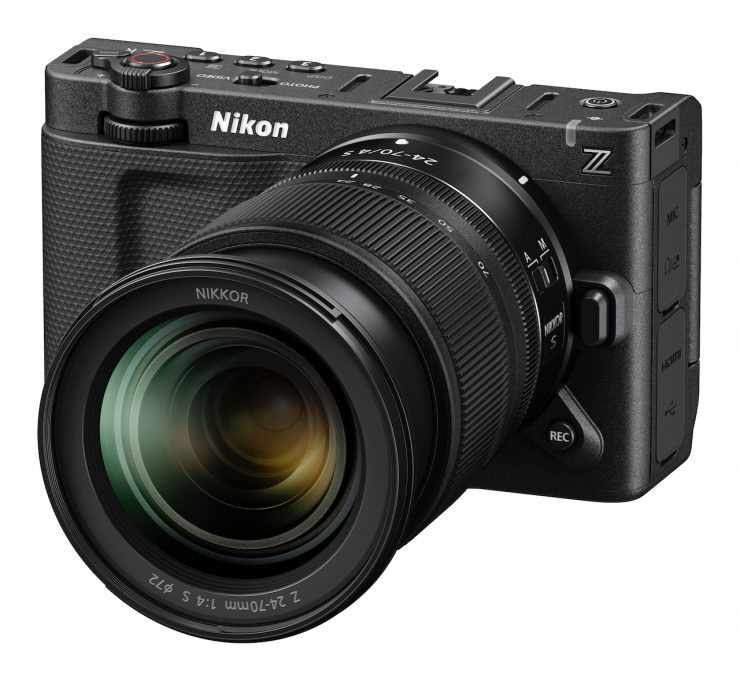
So how does this price compare to some other mirrorless hybrids and entry-level digital cinema cameras?
| WEIGHT | |
| NIKON ZR | 539.7g / 1.19 lb |
| Canon EOS R50 | 670g / 1.47 lb |
| Sony FX3A | 1.4 lb / 640g (Body Only) |
| Sony FX2 | 1.3 lb / 594g (Body Only) |
| Sony FX30 | 1.2 lb / 562g (Body Only) |
| Sony ZV-1 | 10.37 oz / 294g (With Battery, Recording Media) |
| Ricoh GR IV | 8.0 oz / 228g (Body Only) |
| Leica D-Lux 8 | 14.0 oz / 397g (With Battery) |
| Sony Cyber-shot DSC-RX100 VII | 10.65 oz / 302 g (Body Only) |
| Panasonic Lumix S9 | 0.9 lb / 403g (Body Only) |
| Panasonic Lumix S5 II | 1.45 lb / 658g (Body Only) |
| Panasonic Lumix S5 IIX | 1.45 lb / 658g (Body Only) |
| Panasonic Lumix GH7 | 1.6 lb / 721g (Body Only) |
| FUJIFILM X-M5 | 12.5 oz / 355g (Body Only) |
| FUJIFILM X-T5 | 16.8 oz / 476g (Body Only) |
| FUJIFILM X-T50 | 0.9 lb / 389g (Body Only) |
| FUJIFILM X-H2S | 1.3 lb / 579g (Body Only) |
| Nikon Z8 | 1.8 lb / 820g (Body Only) |
| Nikon Z6 III | 23.6 oz / 670g (Body Only) |
| Nikon Z50 II | 17.46 oz / 495g (Body Only) |
| Nikon Zfc | 13.8 oz / 390g (Body Only) |
| Nikon Z30 | 12.3 oz / 350g (Body Only) |
Z-Mount
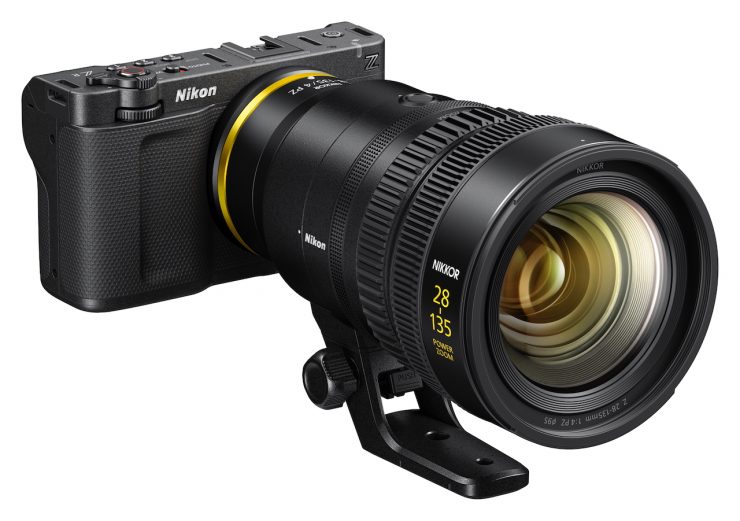
A short 16mm flange focal distance (the shortest among full-frame cameras) offers greater flexibility in the lenses that can be used, allowing filmmakers to make the most of their existing lens assets.
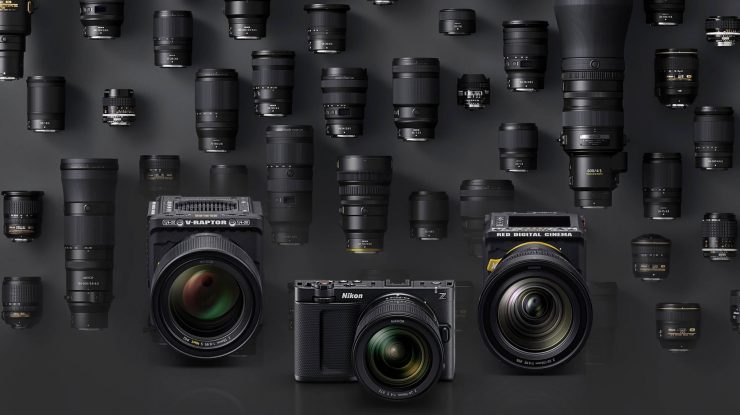
The NIKON Z-mount is arguably the most versatile mount on the market, as it even allows you to adapt Sony E-mount lenses and have AF capabilities.
High-Performance Autofocus
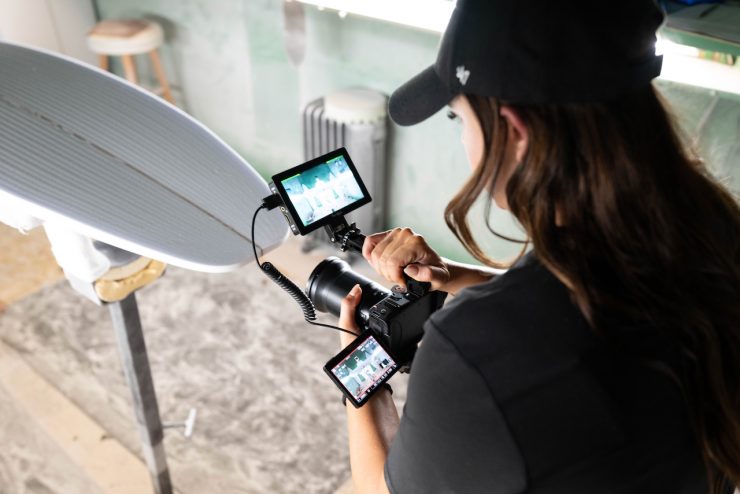
According to NIKON, the processing power of the EXPEED 7 image-processing engine and AI technology that utilizes deep learning enables more accurate subject detection and tracking for optimal image processing in accordance with the subject, scene, and situation. This makes capturing the intended subject with greater accuracy much easier
The camera also detects nine types of subjects automatically, including people, animals, and vehicles. It even detects small faces occupying as little as 3% of the long side of the frame for precise focusing on distant human subjects. Users can also adjust AF speed and sensitivity to suit their creative style, enabling a slow rack for cinematic effect or fast-paced focus for action.
Audio
According to NIKON, the ZR is the world’s first cinema camera to support 32-bit float audio recording with both built-in and external microphones, as well as through the 3.5mm microphone jack. This ability enables the recording of clear, distortion-free sound from quiet to loud, without requiring on-location gain adjustment.
The three high-performance mics built into the camera use Nokia’s OZO Audio technology to realize cutting-edge audio recording. Users can choose from one of the five polar pickup patterns, [Front (Super directional)], [Front], [All directions], [Rear], and [Stereo (binaural)] that best suits the situation, from interviews or product tutorials to immersive audio applications. Now, the 5 Audio Pickup Patterns via Nokia OZO Audio are only available when the camera is recording in H.265 or H.264 at 59.94p or lower.
Despite being able to record 32-bit float, the ZR doesn’t come with an audio top handle with XLR inputs like the competing Sony FX3A and the Canon EOS C50. This does somewhat put it at a disadvantage when it comes to audio capabilities.
The ZR is also the first Nikon camera to feature a digital accessory shoe, which enables two-way digital communication between the camera and compatible accessories, allowing for advanced functionality such as tally lamp and microphone LED control. Additionally, the camera can supply power directly to supported accessories, eliminating the need for separate batteries or cables. Going forward, Nikon will collaborate with third-party accessory manufacturers to offer a wide range of solutions that meet the diverse needs of filmmakers.
New ME-D10 Shotgun Microphone
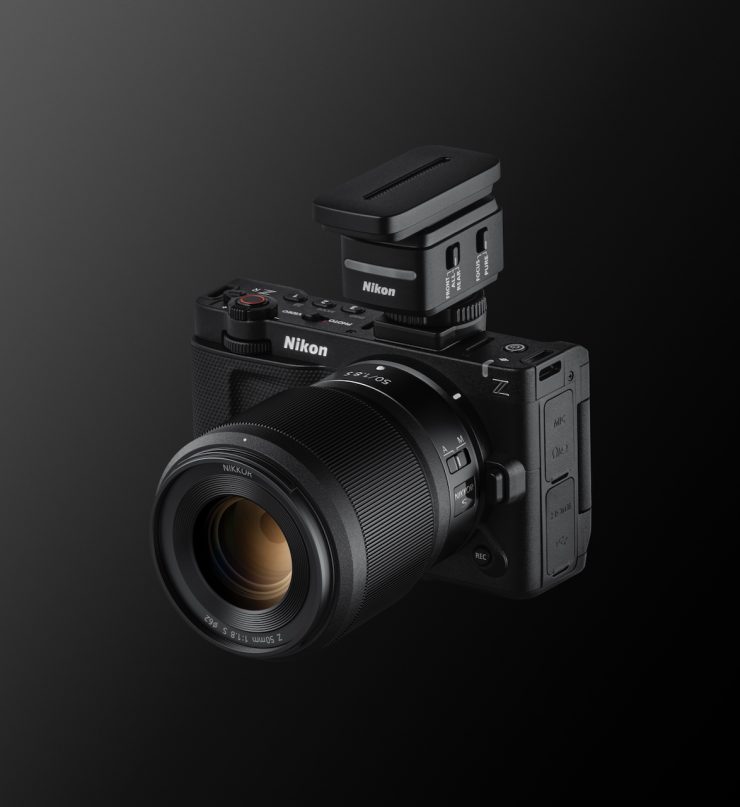
Along with the ZR, NIKON has introduced the new ME-D10, which is a 32-bit float shotgun microphone compatible with the new digital accessory shoe developed for the ZR. It requires no battery or cable and has built-in shock mounts to minimize any interference. It offers two recording modes, PURE and FOCUS, which can be selected with a switch on the microphone. PURE mode features a wide dynamic range and a sound design true to the original source, allowing natural and accurate capture of raw audio, including the ambient atmosphere. FOCUS Mode accurately captures the intended voice, even in noisy surroundings such as those outdoors, ensuring clear audio for product presentations and live streams.
7.5 Stops of IBIS
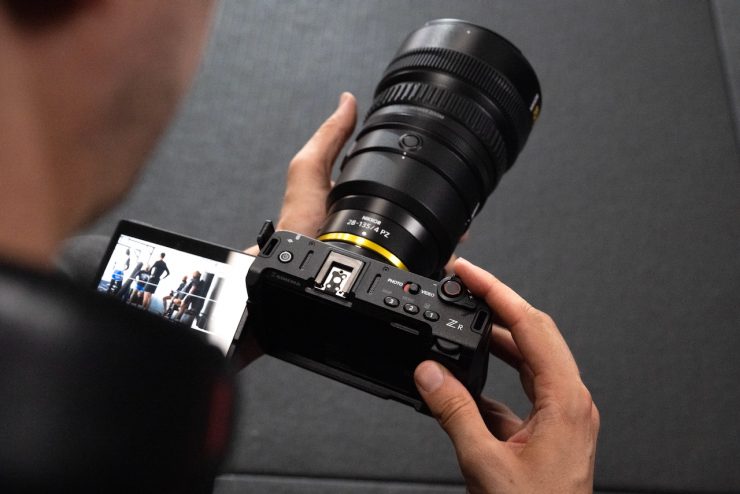
Unlike the competing Sony FX3A and the EOS C50, the NIKON ZR has 7.5 stops of built-in image stabilization (IBIS). This is very handy, especially when holding small-sized cameras to avoid micro jitters.
What about the heat?
NIKON states that the ZR uses an innovative fanless design, with the entire camera body contributing to efficient heat dissipation and thermal management. This design is claimed to decrease audible noise, enhance battery life, and increase durability.
No Built-In ND

This doesn’t come as any huge surprise, but the NIKON ZR doesn’t feature any built-in ND. Just like the competing Sony FX3 or Canon EOS C50, you will have to use external ND filters. This is where cameras like the Sony FX6, and Canon C80 still have an edge.
Putting ND into a small-sized full-frame camera is difficult. No company has worked out how to put built-in ND into a small-sized full-frame camera.
Power
The ZR can shoot uninterrupted for approximately 125 minutes when recording. This figure is listed when the ZR is recording R3D NE 6K/59.94p: [Auto temperature cutout]: [High], at 25°C/77°F, using a portable battery or other external power source.
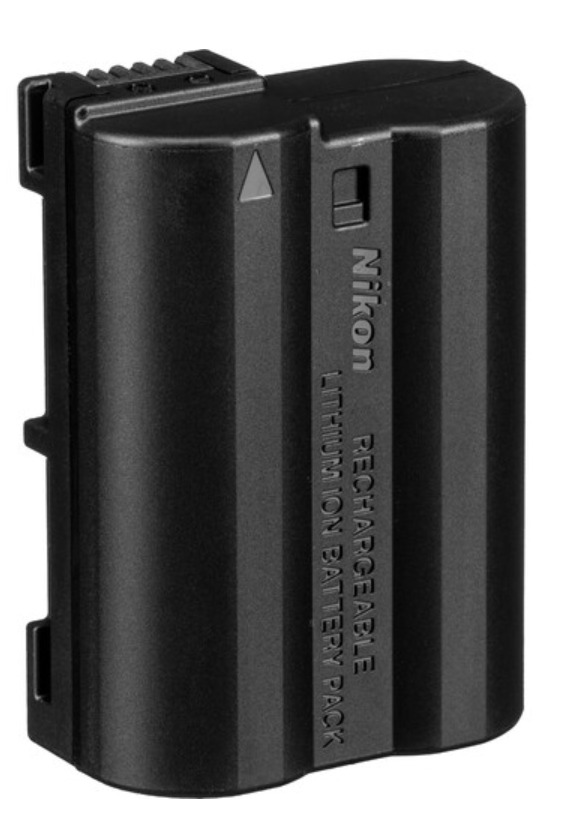
The NIKON ZR utilizes the NIKON EN-EL15c batteries that retail for $59.95 USD. These are the same batteries that are utilized in a lot of NIKON’s mirrorless hybrids.
Additionally, USB power delivery capability allows for long takes and worry-free shooting at events that require extended recording, such as weddings, concerts, and interviews.
Still Capabilities
The ZR is equipped with advanced still photography features inherited from the Z6III, as well as new features such as a preset for starscape photography and a new dehaze function.
Price & Availability
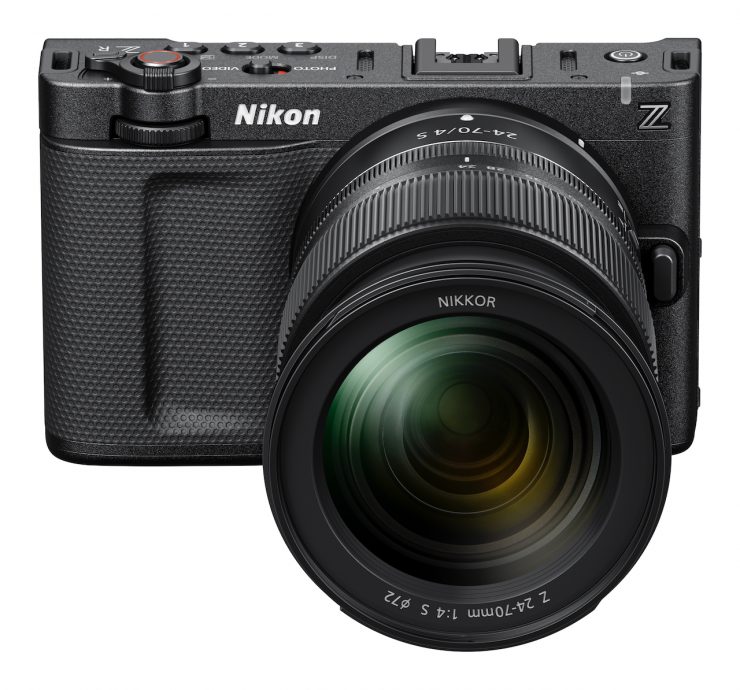
The new Nikon ZR Cinema Camera will be available in late October 2025 for $2,199.95 USD for the body only. This makes it very competitively priced.
Additional kit configurations include:
- NIKON ZR body with the NIKKOR Z 50mm f/1.8 lens- $2,749.95 USD
- NIKON ZR body with the NIKKOR Z 35mm f/1.4- $2,849.95 USD
- NIKON ZR body with the NIKKOR Z 24-50mm f/4-6.3- $2,499.95 USD
The ME-D10 shotgun microphone, also scheduled for release in late October, will cost $339.95 USD.
So how does this price compare to some other mirrorless hybrids and entry-level digital cinema cameras?
| PRICE | |
| NIKON ZR | $2,199.95 USD |
| Canon EOS C50 | $3,899 USD |
| Canon EOS C80 | $5,849 USD |
| Canon EOS C70 | $4,399 USD |
| Canon EOS R5 C | $3,399 USD |
| Canon EOS R50 V | $699 USD |
| Canon PowerShot V1 | $979 USD |
| Canon PowerShot G7 X Mark III | $849 USD |
| Blackmagic Design PYXIS 6K Cinema Box Camera (Leica L) | $2,495 USD |
| Sony FX3A | $4,098 USD |
| Sony FX2 | $2,698 USD |
| Sony FX30 | $1,748 USD |
| Sony ZV-1 | $698 USD |
| Ricoh GR IV | $1,496.95 USD |
| Leica D-Lux 8 | $1,915 USD |
| Sony Cyber-shot DSC-RX100 VII | $1,698 USD |
| Panasonic Lumix S9 | $1,197.99 USD |
| Panasonic Lumix S5 II | $1,647.99 USD |
| Panasonic Lumix S5 IIX | $1,997.99 USD |
| Panasonic Lumix GH7 | $1,997.99 USD |
| FUJIFILM X-M5 | $899 USD |
| FUJIFILM X-T5 | $1,995.95 USD |
| FUJIFILM X-T50 | $1,599 USD |
| FUJIFILM X-H2S | $2,899.95 USD |
| Nikon Z8 | $4,296.95 USD |
| Nikon Z6 III | $2,696.95 USD |
| Nikon Z50 II | $1,006.95 USD |
| Nikon Zfc | $1,196.95 USD |
| Nikon Z30 | $806.95 USD |
Accessories
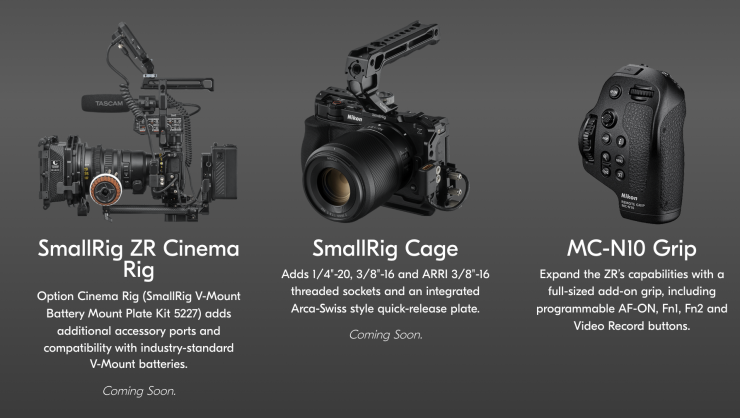
What are your thoughts on the new NIKON ZR? Let us know in the comments section below.
